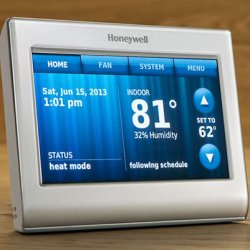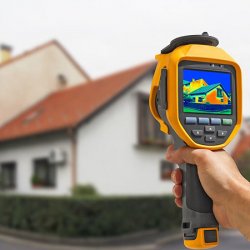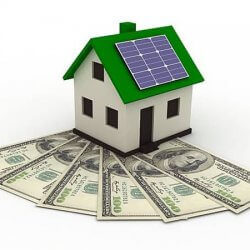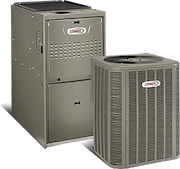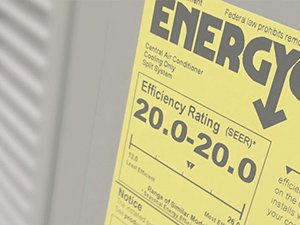
When shopping for a new HVAC system, you will most likely notice a number rating on each unit. These HVAC energy rating labels help you determine at a glance how efficiently the product will perform. Understanding HVAC energy ratings is immensely helpful when it comes to selecting the right unit for your home, so we have put together this handy guide to teach you everything you need to know!
For more help understanding HVAC energy ratings, contact the heating & air conditioning professionals at Galmiche & Sons in St. Louis today!
Understanding Energy Ratings on Your HVAC System
SEER – Electronic Cooling Rating
These HVAC energy ratings are one of the most common in regards to home cooling equipment. The full name for SEER is, “Seasonal Energy Efficiency Ratio.” This rating gives an excellent indication of what the cost will be over a season when your system is running.
This rating shows the amount of energy that is expended and that you will ultimately have to pay for. Minimum ratings between 13 and 14 are federally mandated depending on what country you live in, and generally anything over 14.5 can be eligible for Energy Star® qualification, meaning it is considered a smart and efficient choice for home cooling.
AFUE – Fossil Fuel Furnaces
AFUE HVAC energy rating is an alternative way to measure efficiency for units using fossil fuels. Annual Fuel Utilization Efficiency (AFUE) is how much heat is generated over a heating season compared to the percentage of fuel which has been burned. A higher number equates to more heat created from the type of fuel burned which is normally, gas or oil. Furnaces with a rating of over 90% are considered high-efficiency.
When you look at systems that have lower numbers, it can be because of air leaks, inefficient burners, or un-economical furnace design.
HSPF – Electric Cooling and Heating
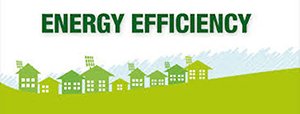
To put it simply, a heat pump is like an air conditioner with a reverse switch. HSPF HVAC energy ratings, measure the efficiency of heat pumps that can cool in summer and heat during the winter. As these systems do not burn fuel, they have their own rating system. These HVAC energy ratings indicate how efficiently an electric heat pump can warm your home over the course of a heating season.
Systems with readings over 8 are considered high-efficiency and may be eligible for rebates or tax credits. You should also note that heat pumps will have both HSPF and SEER ratings associated with them, as they use electricity to both heat and cool during different seasons.
Learn More About HVAC Energy Ratings
HVAC energy ratings can seem confusing, but now that you have read our guide, you should be able to shop confidently. Any professional installation company who you consider purchasing from should also be happy to explain all of these in more detail, but once you have an understanding of HVAC energy ratings you will know if a company is trying to sell you a system that is not as energy efficient as you are expecting.
In simple terms, the higher any of these HVAC energy ratings are on your new system, the cheaper it will be to run, and the more warmth or cooling you can achieve once the unit is running in your home. As there are many different types of heating and cooling systems available, it is wise to seek the assistance of a professional heating & air conditioning company like Galmiche & Sons in St. Louis to ensure you are getting the best unit for your specific home and needs.



